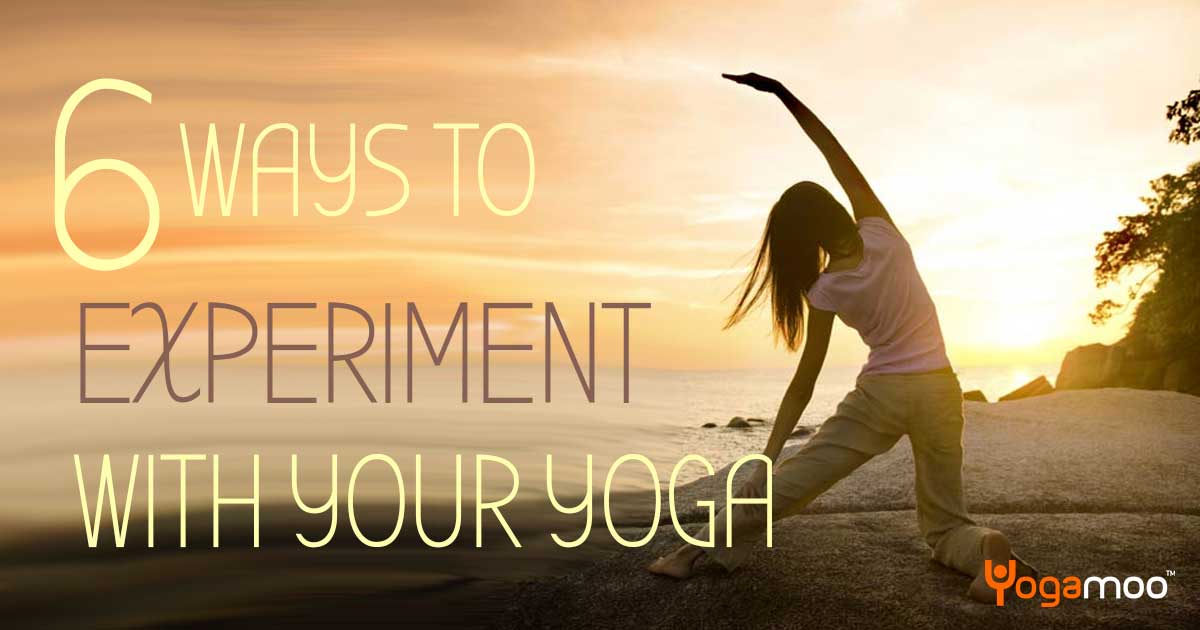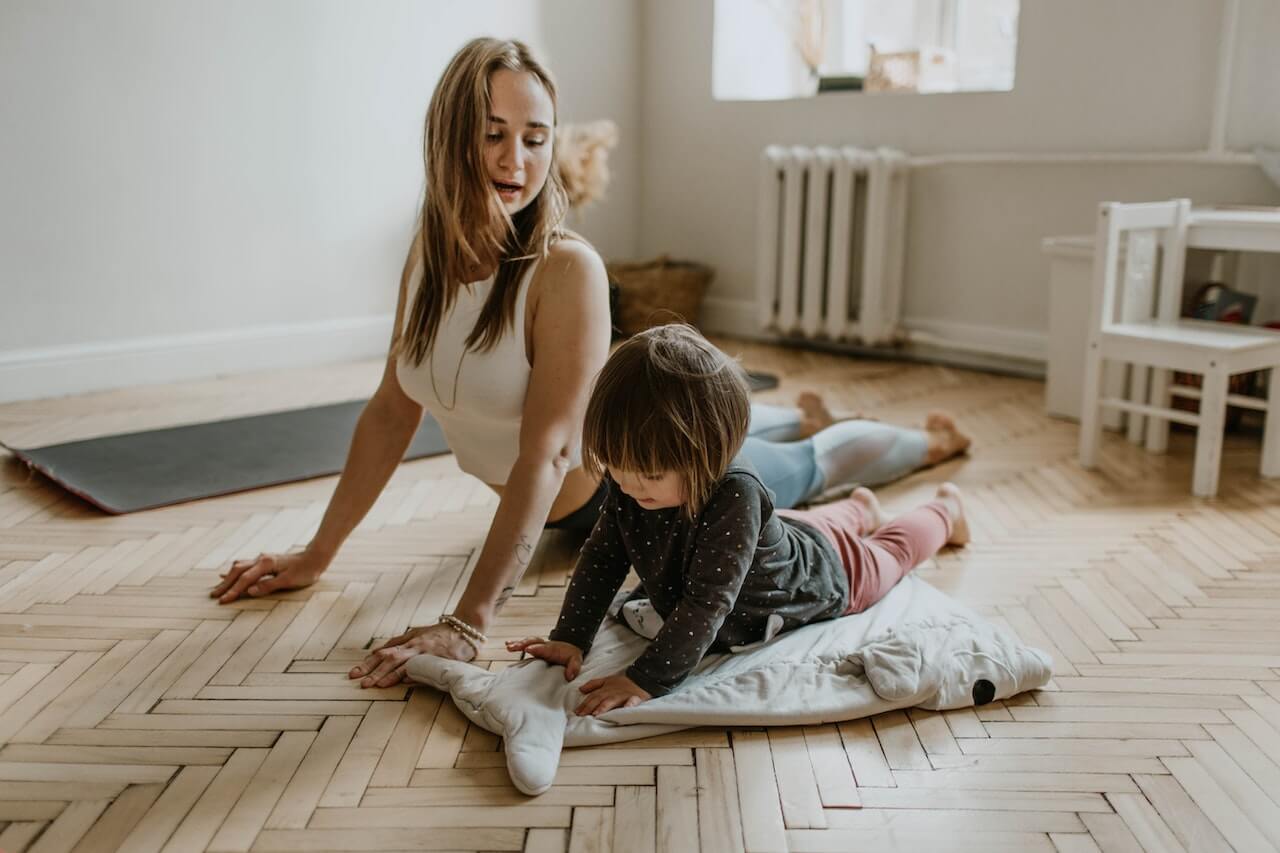Recently I have been thinking how you could experiment with your yoga and approaching my asana practice in different ways. I have been slowing down my practice and focusing on looking at each asana in more detail; experimenting with manual adjustments, and working with different kramas to move deeper in challenging asana. I have enjoyed taking my time to feel into each posture and observing what difference little shifts make.
Here are six key things I have learnt from this process…
1. Play
Often we are so focused on getting the posture ‘right’ that we miss the opportunity to play around with different approaches and to notice how the body responds. Self-practice affords the opportunity to play around and experiment with awareness. If we add an element of enquiry into our practice we become an observer and deepen our awareness of how the body responds to different postures. This allows us to tailor our practice accordingly.
2. Have fun!
Enjoy the practice. Allow the practice to be fun; really enjoy moving the body through different shapes. Don’t take the physical practice of yoga too seriously. Smile through your practice and you can smile through life. Yoga is our playtime – a time for making our own rules and creating our own lives.
3. What happens on the mat doesn’t just stay on the mat.
The yoga mat is our playground for life. If we force and demand that the body moves a certain way each time we come to the mat, we are practicing forcing and in turn are more likely to allow this to transfer into our daily life off the mat. In this way we miss the beauty of the practice and lose the transformative benefits of yoga. Exploring and experimenting with different approaches in our practice cultivates an openness that, when transferred off the mat, allows us to approach life with an open-minded view, embracing the circumstances of life with ease.
4. Traction and leverage
Play around and see what helps you to find more space in the body. Perhaps a thumb into the hip crease in revolved postures will help the pelvis to level and provide stability to twist with more grace. Similarly using the bind of the hand behind the back to the opposite hip might assist in rolling the shoulder open and create space through the chest in postures such as Utthita Parsvakonasana.
5. Kramas
Experiment with different ways of approaching postures that challenge you. In yoga sequencing, we refer to the different steps that lead to the full expression of a posture, as kramas. Instead of getting frustrated with challenging postures, take a step back and experiment with different kramas that repeat similar shapes in the body, building up in increments over time, to the full expression. In doing this we build muscle memory so that each time we approach the posture we move with a little more ease. It is also useful to approach kramas with compassion and non-judgement, accepting where we are as being the perfect place to be.
6. It’s a yoga practice, not perfect
I love this phrase. It concisely conveys one of the greatest joys of yoga. We don’t need to be in the fullest expression of a pose to be doing yoga. Resist the temptation to compare your practice with others. We are called to simply do the practice. Put in the work and we reap so much more than physical flexibility. Recommit to finding enjoyment in your practices and experiment with what adjustments work for you. Get out of the habit of playing the ‘end game’ and make space for enjoying the process.
Overall, adding an edge of experimentation to our practice reminds us to move in a way that honours where we are. There is not really a right or wrong way to practice, only a safe, compassionate way. Let go of forcing and judgement; find the playfulness of your practice and enjoy the journey.


Leave A Comment